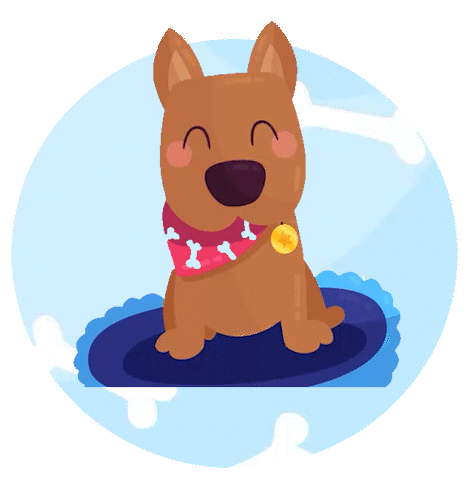

Pomeranians are small, compact dogs. They are known for their luxurious double coat, which is dense and fluffy, creating a distinctive ruff around the neck and a plumed tail that arches over their back.The breed exhibits a wide variety of fur colors, including orange, black, white, cream, brown, red, sable, blue, and combinations of these colors. The most common colors seen in Pomeranians are orange, black, and cream/white. Their fox-like face features small erect ears and round dark eyes, contributing to their alert and lively expression.
Pomeranians require regular grooming to maintain their thick double coat and overall health. It is recommended to brush them at least 2-3 times a week, with daily brushing during heavy shedding periods to prevent matting and tangles. Bathing should occur every 3-4 weeks, using a dog-specific shampoo to keep their skin and fur healthy. Additionally, regular nail trimming and cleaning of the eye area are essential for hygiene.
Pomeranians are known for their lively and playful temperament, often displaying a fearless attitude that belies their small size. They are intelligent, curious, and outgoing dogs that thrive on social interaction and attention from their owners. While they can be affectionate and loyal companions, Pomeranians may also exhibit dominant behaviors if not properly trained and socialized from a young age. Their tendency to bark frequently can become problematic, making consistent training essential to manage their vocal tendencies effectively.
Pomeranians require regular exercise to maintain their health and well-being. Ideally, they should have two brisk walks each day, lasting at least 20 minutes each, although walks can extend to 30 or 40 minutes based on the dog's energy levels and weather conditions. In addition to walks, engaging in playtime activities such as fetch can help release pent-up energy and improve their emotional health. It's important to balance exercise with rest, especially for puppies, to avoid overexertion that could affect their growth plates.

Pomeranians are small, compact dogs. They are known for their luxurious double coat, which is dense and fluffy, creating a distinctive ruff around the neck and a plumed tail that arches over their back.The breed exhibits a wide variety of fur colors, including orange, black, white, cream, brown, red, sable, blue, and combinations of these colors. The most common colors seen in Pomeranians are orange, black, and cream/white. Their fox-like face features small erect ears and round dark eyes, contributing to their alert and lively expression.
Pomeranians require regular grooming to maintain their thick double coat and overall health. It is recommended to brush them at least 2-3 times a week, with daily brushing during heavy shedding periods to prevent matting and tangles. Bathing should occur every 3-4 weeks, using a dog-specific shampoo to keep their skin and fur healthy. Additionally, regular nail trimming and cleaning of the eye area are essential for hygiene.
Pomeranians are known for their lively and playful temperament, often displaying a fearless attitude that belies their small size. They are intelligent, curious, and outgoing dogs that thrive on social interaction and attention from their owners. While they can be affectionate and loyal companions, Pomeranians may also exhibit dominant behaviors if not properly trained and socialized from a young age. Their tendency to bark frequently can become problematic, making consistent training essential to manage their vocal tendencies effectively.
Pomeranians require regular exercise to maintain their health and well-being. Ideally, they should have two brisk walks each day, lasting at least 20 minutes each, although walks can extend to 30 or 40 minutes based on the dog's energy levels and weather conditions. In addition to walks, engaging in playtime activities such as fetch can help release pent-up energy and improve their emotional health. It's important to balance exercise with rest, especially for puppies, to avoid overexertion that could affect their growth plates.